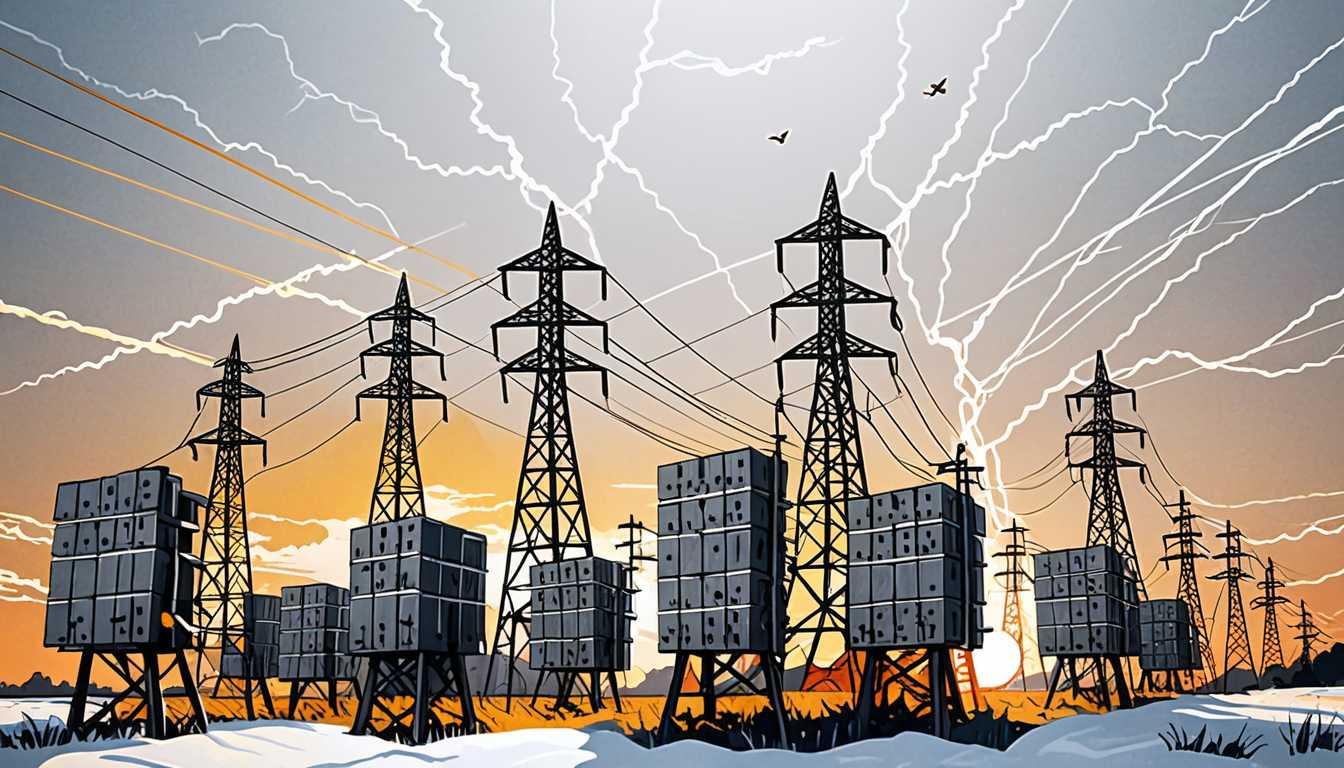Generative AI: The Hidden Environmental Cost
January 2025
MIT News
Introduction
Hey there, future tech wizards! Ever wondered about the hidden costs of generative AI? MIT News spills the beans in their eye-opening article, "Explained: Generative AI’s Environmental Impact." It dives into how our favorite AI tools like ChatGPT guzzle energy and water, leaving behind a hefty carbon footprint while we’re just trying to get our homework done. As you explore this article, you'll discover why it’s crucial to think about the balance between tech innovation and environmental responsibility. Get ready to be amazed!
READ FULL ARTICLEWhy It Matters
Discover how this topic shapes your world and future
Unpacking the Environmental Impact of Generative AI
Generative AI is revolutionizing the way we interact with technology, making tasks easier and more efficient. However, as exciting as it is, the rapid growth of this technology comes with serious environmental implications that we can't ignore. The process of training and using generative AI requires vast amounts of electricity and water, contributing to carbon dioxide emissions and straining local resources. As more applications of generative AI emerge, the demand for energy skyrockets, and so does the pressure on our planet. Understanding these impacts is crucial because it helps you appreciate the importance of sustainable technology practices. By being informed, you can be part of the solution, advocating for greener innovations and making smarter choices as a consumer and user of technology.
Speak like a Scholar
Generative AI
A type of artificial intelligence that can create new content, such as images, text, or music, based on the data it has learned from.
Carbon Footprint
The total amount of greenhouse gases, especially carbon dioxide, that are emitted directly or indirectly by an individual, organization, event, or product.
Inference
The process of using a trained AI model to make predictions or generate responses based on new data input.
Data Center
A facility used to house computer systems and associated components, such as telecommunications and storage systems, that require significant power and cooling.
Sustainability
The ability to be maintained at a certain rate or level, in environmental terms, it refers to practices that do not deplete resources or cause harm to the environment.
Decarbonization
The process of reducing carbon dioxide emissions associated with electricity and other energy sources, often to combat climate change.
Independent Research Ideas
The Lifecycle of AI Hardware
Investigate how the production, use, and disposal of AI hardware like GPUs impact the environment. Understanding this lifecycle can reveal hidden costs that aren't immediately apparent.
Water Usage in Tech
Analyze how the water consumption of data centers affects local ecosystems. This research could highlight the importance of water conservation in tech industries.
Renewable Energy Solutions for Data Centers
Explore innovative ways data centers can utilize renewable energy sources to reduce their carbon footprint. This topic is timely as societies push for cleaner energy.
Comparative Study of AI Models
Investigate the energy efficiency of different AI models and their environmental impact. This could lead to insights on which models are more sustainable and why.
Public Awareness of Tech Impacts
Conduct a survey or study on how much the average user understands about the environmental impacts of generative AI. This could reveal gaps in awareness and inform educational efforts.
Related Articles

AI's Energy Crisis: Powering the Future
December 2024
MIT Technology Review

AI's Energy Gluttony: A Climate Conundrum
May 2024
MIT Technology Review

Powering AI: The Energy Challenge Unplugged
January 2025
MIT News

AI's Carbon Footprint Unveiled
December 2023
MIT Technology Review

Greening AI: The Future of Computing
June 2024
Caltech - Research News